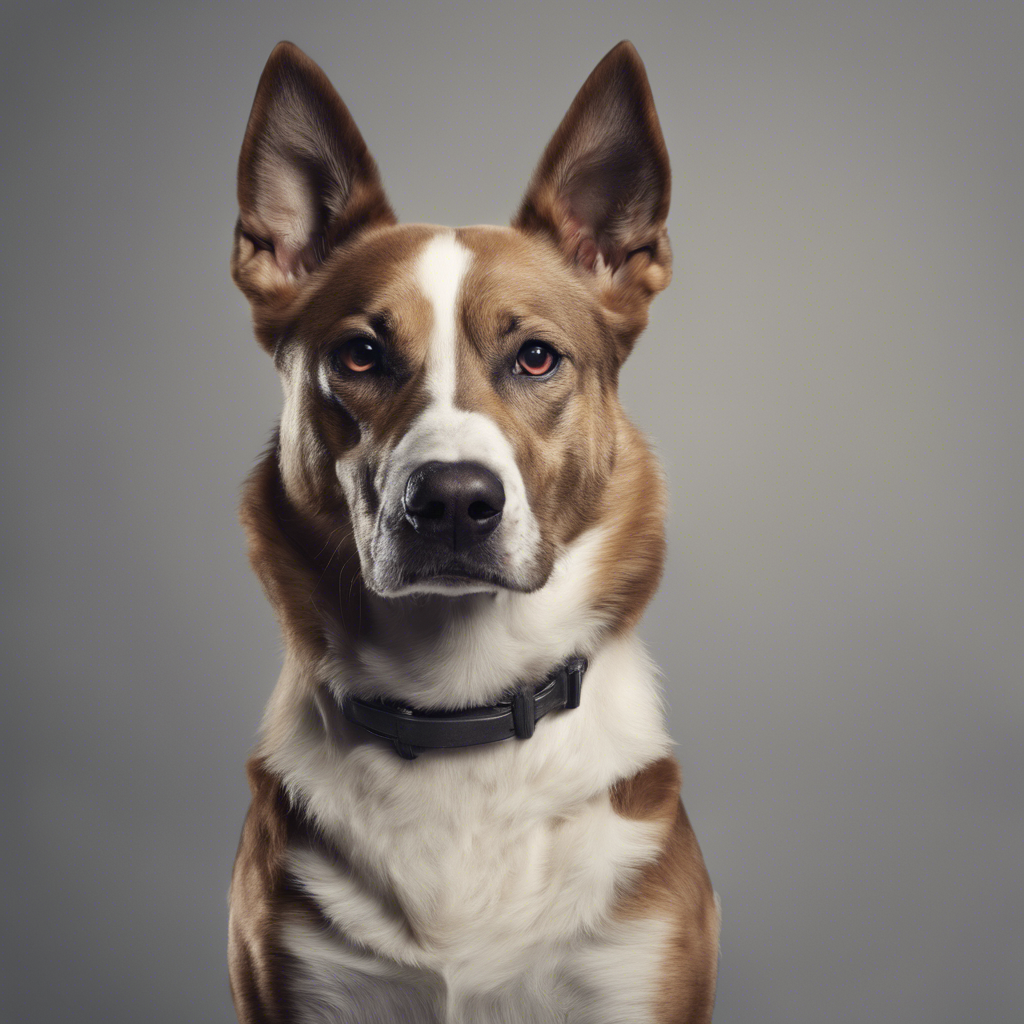Tips for Managing Separation Anxiety in Your Dog
- M&W CANINE

- Jul 15, 2024
- 2 min read
Do you often come home to a whirlwind of destruction left by your beloved furry friend? If so, your dog might be struggling with separation anxiety. Many dogs experience distress when left alone, leading to behaviors like chewing, excessive barking, and potty accidents. In this guide, we'll explore effective strategies to help you and your canine companion cope with separation anxiety.
Understanding Separation Anxiety
What is Separation Anxiety in Dogs?
Separation anxiety is a condition that affects many dogs and can manifest in various ways. It occurs when a dog becomes distressed due to being separated from their owner or being left alone. Recognizing the signs of separation anxiety is crucial to addressing the issue before it escalates.
Common Signs of Separation Anxiety in Dogs:
Excessive barking or howling
Destructive behavior, such as chewing furniture or digging
Pacing, restlessness, or attempting to escape
Potty accidents, even in house-trained dogs
Excessive drooling or panting
Strategies to Help Your Dog Cope
1. Establish a Routine: Dogs thrive on routine, so creating a predictable schedule can help reduce anxiety. Consistency in meal times, exercise, and playtime can provide comfort and stability for your dog.
2. Practice Gradual Departures: Help your dog learn that being alone is not something to fear by practicing short departures. Start with brief absences and gradually increase the time you're away to help your dog feel more relaxed.
3. Provide Enrichment Activities: Keep your dog mentally stimulated in your absence by offering interactive toys, puzzle feeders, or safe chew toys. These activities can help distract your dog and prevent boredom.
4. Use Calming Aids: Consider using calming aids, such as pheromone diffusers, calming music, or anxiety vests, to help soothe your dog's nerves when you're not around.
5. Seek Professional Help: If your dog's separation anxiety is severe and impacting their quality of life, consult with a veterinarian or a professional dog trainer. They can provide tailored strategies and recommendations to address the issue effectively.
The Importance of Positive Reinforcement
Celebrate Small Wins: When your dog displays calm behavior during your absence, make sure to reward them with treats, praise, or affection. Positive reinforcement can help reinforce desirable behaviors and boost your dog's confidence.
Avoid Punishment: Punishing your dog for anxious behavior can worsen their anxiety and make the situation more stressful. Instead, focus on positive reinforcement and patience as you work through the challenges together.
Conclusion
Separation anxiety can be a challenging issue to address, but with patience, consistency, and understanding, you can help your dog feel more secure and content when left alone. By implementing these strategies and seeking professional guidance when needed, you can create a supportive environment that promotes your dog's emotional well-being.
Remember, every dog is unique, so be patient and compassionate as you navigate through this journey together. Your furry friend relies on you for comfort and care, so investing time and effort in managing their separation anxiety will strengthen your bond and create a harmonious environment for both of you.

Let's work together to ensure our dogs feel safe and loved, even when we're apart.



Comentários